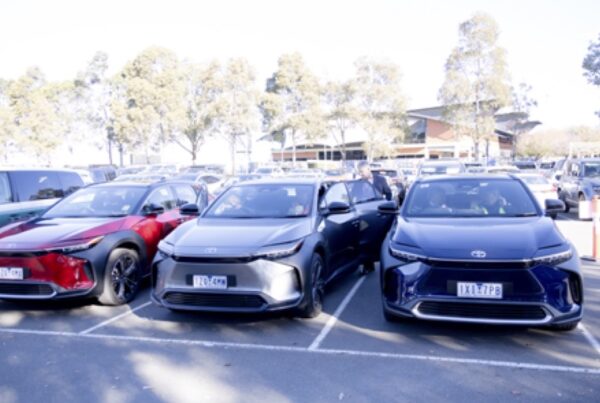Toyota Takes Fuel Cells to Olympic Proportions
Toyota Motor Corporation plans to put 100 fuel cell buses into public transport services in Tokyo in the lead up to the 2020 Olympic and Paralympic Games.
As of 2017 two of the hydrogen fuel celled fleet will be sold and commence patronage in 2018 to increase awareness of the technology and its various applications in buses and public transport more broadly.
The fuel cell buses have been built in partnership with Hino Motors Ltd, using the Toyota Fuel Cell System (TFCS1) developed for the Mirai fuel cell vehicle, recently introduced to Australia.
The TFCS powertrain uses compressed hydrogen to power electric motors that drive the vehicle, producing zero CO2 or NOX emissions, only water. The bus’ high-capacity external output system capable of a 9kW maximum output and with a large capacity of electricity supply with 235kWh could be used to power external devices, buildings or provide for evacuation sites in emergencies.
The hydrogen bus at 10.5 metres long will seat 77 people and carry 10 hydrogen tanks capable of storing 600 litres of compressed hydrogen stored at 700bar. Batteries are of nickel-metal hydride type and power two 113kW sychronous AC motors. Projected range is not yet known.
Toyota Australia product public relations manager Stephen Coughlan says the bus has range promise. “This cutting edge Toyota Fuel Cell bus has been designed to have sufficient cruising range for a fixed-route bus operating in Tokyo. As such, it can travel 200kms or more on a single fill.”
Toyota Group said in its press release that it will accelerate the development of a hydrogen-based society in a unified manner that contributes to the realisation.


















